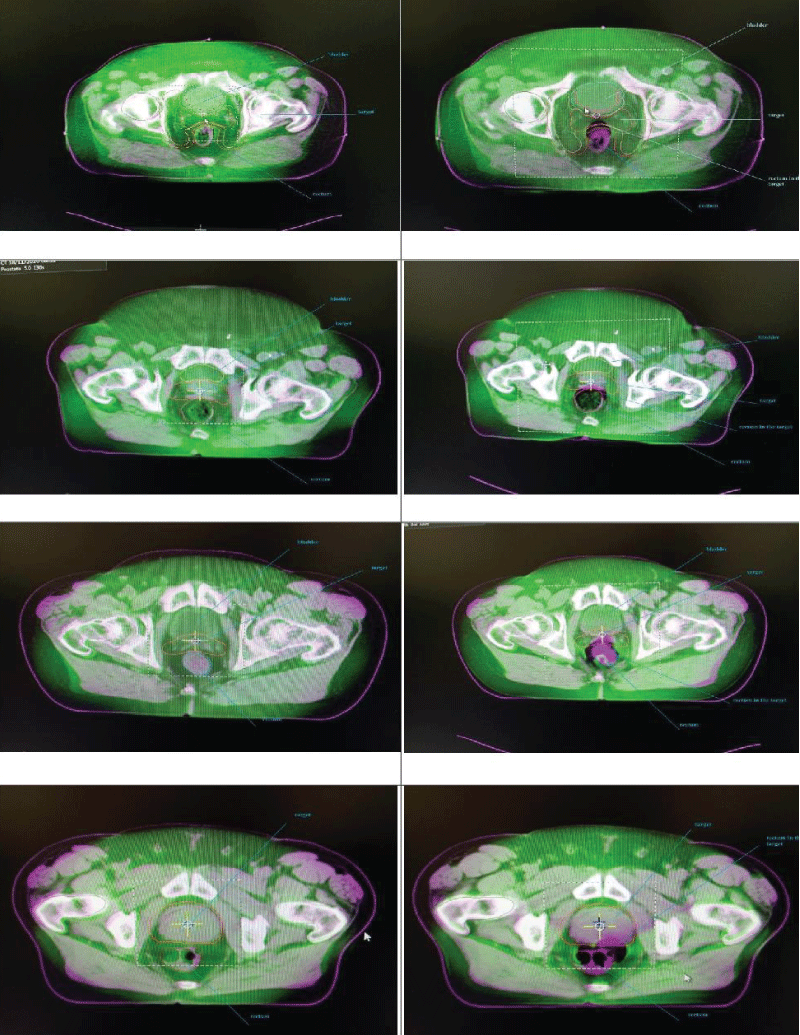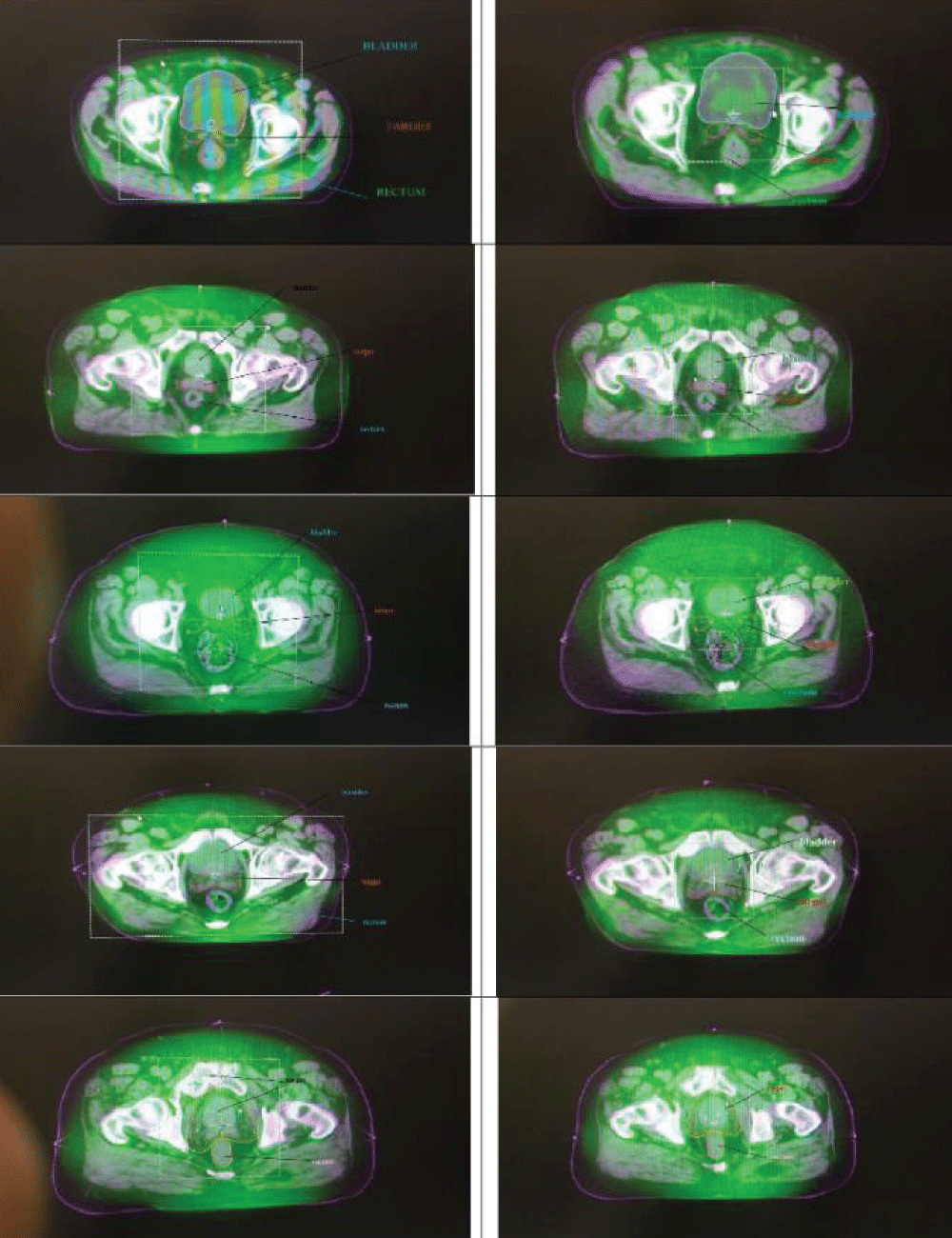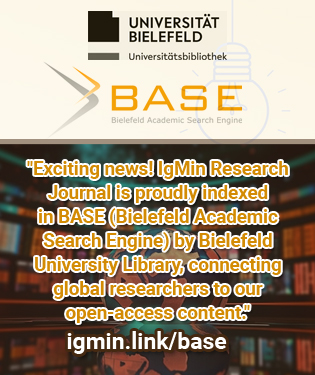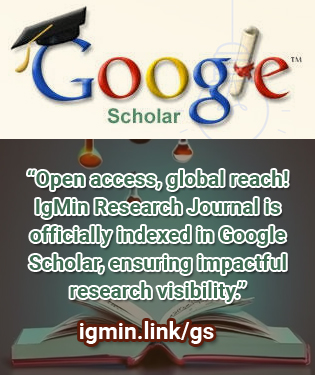要約
Background: Rectal toxicity is an important side effect of prostate cancer irradiation affecting 25% of patients. The role of dosimetric variables has a set of dose-volume constraints and curves to estimate the risk of rectal damage. The rectum position at the time of CT planning is different from the position during radiotherapy. Three methods are available to achieve optimal rectum position: enema; prostate cancer spacer; fiber-/fat-free diet.
Methods: A 70.2 Gray radiation divided into 26 hypo-fractions was administered to 115 patients with prostate cancer by VMAT referred to a single center in Italy. To empty the rectum, all patients were administered a fiber-/fat-free diet and those with Eating Disorders (ED) were also added with activated charcoal (2 tablets/day) and a macrogol-based medical device (2 sachets/day). During treatment, the volumetric amount of rectum in the target was measured by comparing control-CT with simulation-CT, and acute toxicity was also checked.
Results: The rectum position during control-CT in diet-only patients (29) predicted toxicity recorded during treatment, while in the ED group rectum position was adherent to position during simulations. Rectal volume target > 0.25 cc receiving a dose > V70 caused acute G3 toxicity that attenuated or worsened with rectal displacement. Acute rectal toxicity occurred in 6/29 (20.68%) patients (1 G3, 5 G1) in the diet-only group, while only in 1/86 (1.16%) patients (G1) in the ED group. No chronic toxicity was recorded in either group.
Conclusion: Prostate cancer patients treated with VMAT, diet, charcoal, and macrogol emptied the rectum optimally and reduced incidence and severity of acute rectal toxicity, also with benefit on late toxicity.








